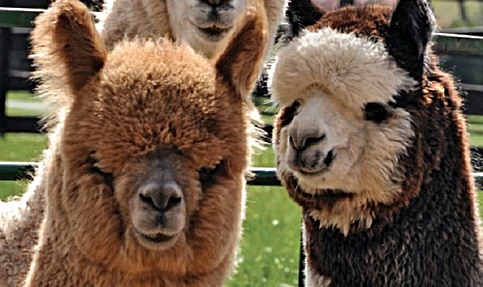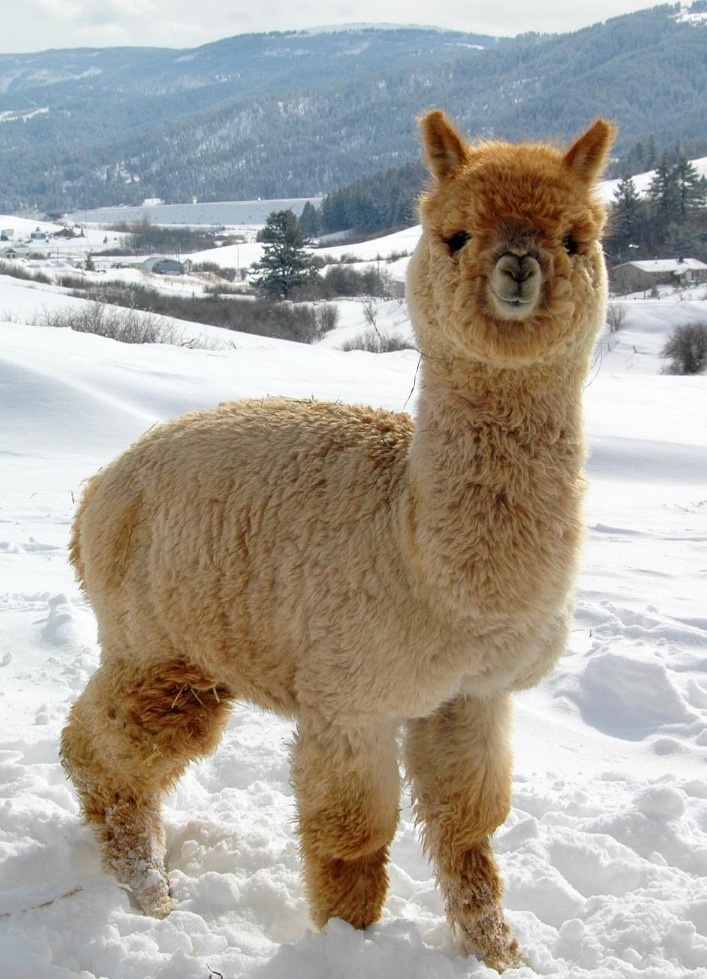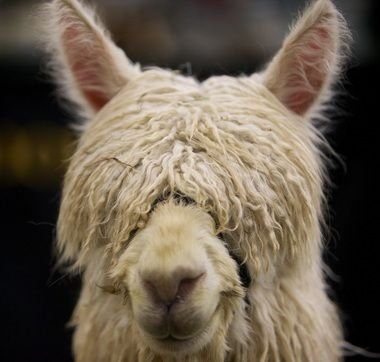ALL ABOUT ALPACA FIBER
Alpaca fiber is a natural renewable fiber with a wide range of applications. It is classified as an animal protein fiber like sheep’s wool, mohair, cashmere, llama, vicuna, camel, qiviut, and yak. There are, however, special characteristics in alpaca fiber that set it apart from all the other animal protein fibers. Lets explain a few things…
Alpaca is a single coated animal, and the fiber generally does not have to be dehaired like cashmere, llama, camel, qiviut, and yak. This leads to greater yields of fiber after processing.
Alpaca fiber comes in two types of alpaca, huacaya and suri. There are differences in the two: huacaya fiber has crimpy waves and grows in bundles, while suri fiber is straight and grows in locks. Huacaya reflects light as brightness, suri reflects light as luster.
Alpaca is flame resistant, meeting the standards of the US Consumer Product Safety Commission’s rigid testing specifications as a Class 1 fiber, the safest level of flame resistance for use in clothing and furnishings.
Alpaca is resistant to external water penetration like wool but can slowly wick away perspiration because of its unique ability to act like cotton in moisture regain. These factors are what makes alpaca feel lighter than wool, but warmer than cotton in cool, damp conditions.
Alpaca is water resistant, making spills easy to clean up before water saturates the fiber allowing stains to develop. It is also adsorbent to oils, meaning that the oils do not penetrate the fibers, but merely cling to the fiber for easy cleaning without harsh chemicals.
Alpaca is free of lanolin, and thus can be processed without the need for high temperatures or harsh chemicals in washing. The lack of lanolin also minimizes the likelihood of allergic reactions to those who are sensitive to wool, which contains lanolin.
While the type of fabric dictates the level of thermal insulating properties, alpaca fiber has a high natural thermal conductivity level, but also can “breathe” due to its lighter weight by volume.



